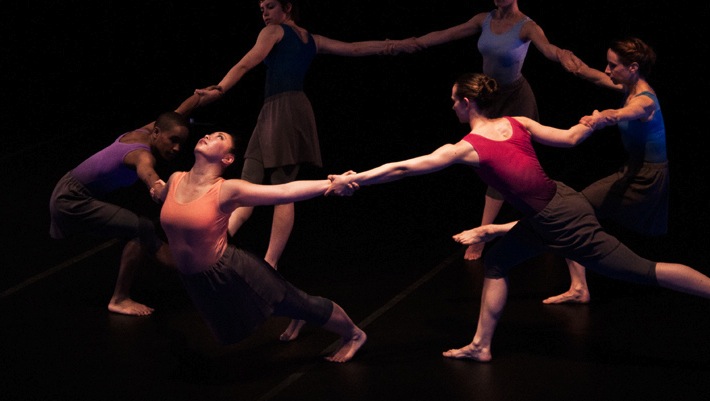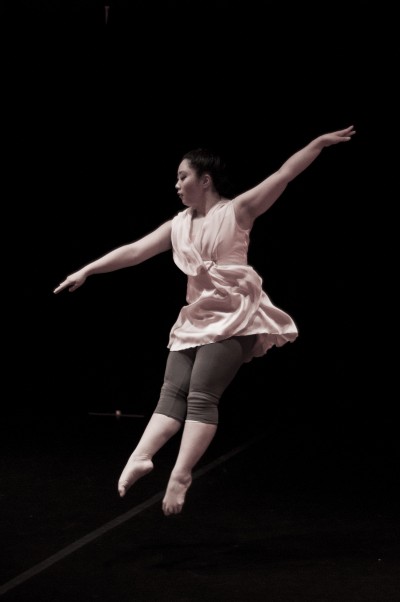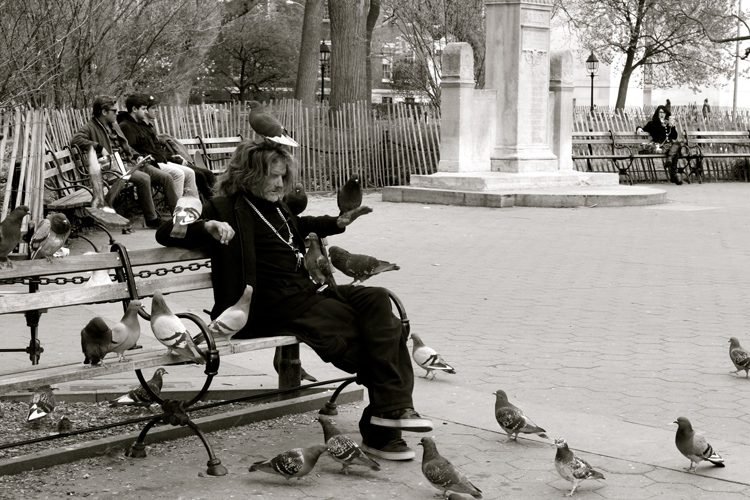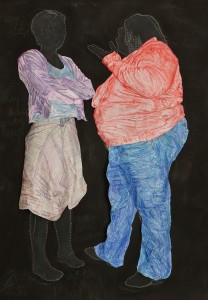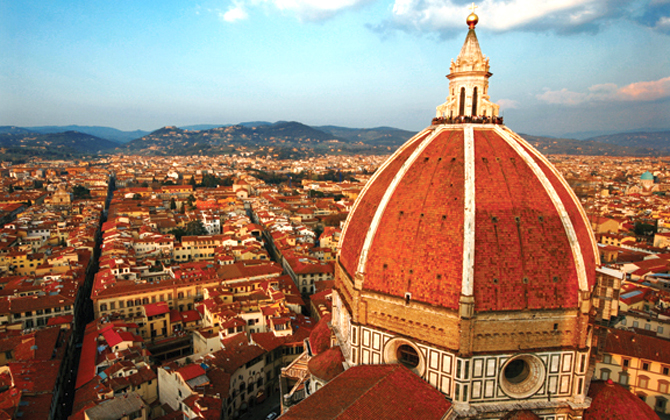My latest series of small square paintings is called Saudade. This is a Brazilian Portuguese word that has no English translation. Saudade describes an emotional state of nostalgia or longing for an absent something or someone. I first heard this word while traveling through Brazil, the birthplace of Bossa Nova, a musical style that, for me, has the melancholic Saudade sweetness.
So much of our culture sends us the message to buck up, get on with things, and forget about the “bad”, but we have no ceremonies or ways of processing loss and sadness. We pretend it does not happen and try to not make it a big deal. But it does happen. It is truth. And it should be honored. I found that Brazilians express their passions, loves, losses, and defeats openly and honestly. It is a wonderful thing to see.
Saudade is the inescapable sad yet beautiful reality of the human condition. We are here for this transitory blink of an eye. Life brings us great joy and wonder, but eventually all fades away. All love stories come to an end. There will always be goodbyes. This is not something to run away from. It simply just is and it makes our experiences even more precious.
I’ve always appreciated this Alan Watts quote:
“We do not “come into” this world; we come out of it, as leaves from a tree. As the ocean “waves,” the universe “peoples.” Every individual is an expression of the whole realm of nature, a unique action of the total universe.”
And so it is with the art. I do not feel I am creating something from nothing. I feel I am allowing something essential to come through the materials. As I allow my mind to quiet and my ego to soften, my ability to express opens up.
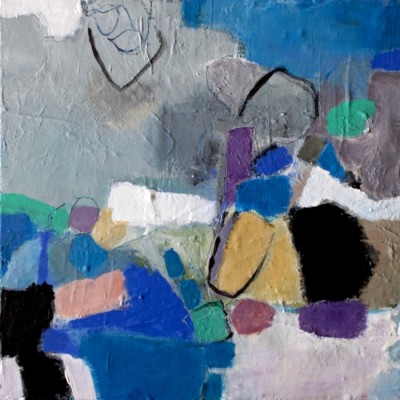
I am no longer stuck in my “self” and my set ideas. Now, I let the materials lead. There is a sense of endless possibilities. Chaos transforms into visual order and back again. This is the magic. Here is my on-going dialogue with the universe.
I start with a blank canvas and layer on, paint, destroy, layer again, break down, erase, coat, draw, scribble, and wash away. The work is very much about the process: movement, form, color, and shape just happening in the unplanned, present moment. When I start, I have no idea what will happen. I just wait and see what will emerge from these materials, the music I listen to, and the emotions I feel. I paint for hours, white out the whole thing, and start over. I leave a painting for weeks, come back, and suddenly see something very simple I need to do. Ta da! It is done in a few minutes.
I think, unintentionally, my art has become my own ceremony—a way to send a prayer to the awe-inspiring, thrilling, destructive, brilliant, vital, and primordial forces of nature. Through the practice of painting in the here and now with no set agenda, I am able to get in touch with something significantly more sublime inside me. I feel my most authentic and alive. This brings me inner strength and bliss, and I hope some of those feelings live on in the work.
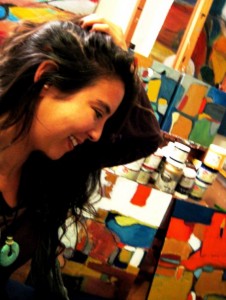 Michele de la Menardiere is a professional fine artist based in San Francisco, California. Born and raised in the Washington, D.C. area, she credits the city’s vibrant energy, international feel, and beauty with significantly contributing to her artistic vision. Always a seeker of new adventures, Michele travels extensively. She spent 6 years studying art in Paris and London and moved out to San Francisco in 2008 to experience life on the West Coast. Michele has exhibited her art at prestigious galleries across the country and abroad. Her work is part of the U.S. State Department’s Art in Embassies Program and was exhibited at the U.S. Embassies in Algeria and Kosovo. Her paintings are part of the permanent collection at the U.S. Embassy in Burkina Faso. Michele’s work was selected for three public art commissions in the Washington, DC area–Emerge, a large-scale art installation on the exterior wall of the Hyatt Regency Hotel in Crystal City, Virginia, Nascent Flight, a public artwalk in downtown D.C., and Art Underground, a large-scale art installation in the Crystal City Metro. Her work has been purchased by numerous public and private corporations, including the D.C. Commission for the Arts and Humanities, Archstone Properties, and Westin Hotels. She has also done corporate commissions for Stone and Youngberg and The Association of Metropolitan Water Agencies. Her paintings were featured in the Home section of The Washington Post in November, 2009. Michele is also a highly accomplished graphic designer and has received eleven awards for her design work. Her art and design were exhibited together in For Love or Money? at the Brea Art Gallery, Brea, California, in 2009.
Michele de la Menardiere is a professional fine artist based in San Francisco, California. Born and raised in the Washington, D.C. area, she credits the city’s vibrant energy, international feel, and beauty with significantly contributing to her artistic vision. Always a seeker of new adventures, Michele travels extensively. She spent 6 years studying art in Paris and London and moved out to San Francisco in 2008 to experience life on the West Coast. Michele has exhibited her art at prestigious galleries across the country and abroad. Her work is part of the U.S. State Department’s Art in Embassies Program and was exhibited at the U.S. Embassies in Algeria and Kosovo. Her paintings are part of the permanent collection at the U.S. Embassy in Burkina Faso. Michele’s work was selected for three public art commissions in the Washington, DC area–Emerge, a large-scale art installation on the exterior wall of the Hyatt Regency Hotel in Crystal City, Virginia, Nascent Flight, a public artwalk in downtown D.C., and Art Underground, a large-scale art installation in the Crystal City Metro. Her work has been purchased by numerous public and private corporations, including the D.C. Commission for the Arts and Humanities, Archstone Properties, and Westin Hotels. She has also done corporate commissions for Stone and Youngberg and The Association of Metropolitan Water Agencies. Her paintings were featured in the Home section of The Washington Post in November, 2009. Michele is also a highly accomplished graphic designer and has received eleven awards for her design work. Her art and design were exhibited together in For Love or Money? at the Brea Art Gallery, Brea, California, in 2009.
My Saudade series, along with other larger works, will be featured in the summer show at The Grand Hand Gallery in Napa, California along with the phenomenal sculptural work of John Petrey. Feature Show: Painter Michele de la Menardiere and Sculptor John Petrey at The Grand Hand Gallery, Napa, California, August-September, 2013.
I am also in the summer group show at Slate Contemporary. This show features fresh work by artists including: Carol Inez Charney, Michele de la Menardiere, Joanne Fox, Carol Lefkowitz, Diane Rosenblum, Michelle Sakai, Victor Cohen Stuart, Talita Suassuna, and Patricia Thomas. Summer Collection, Slate Contemporary Galley, Oakland, California June 15-Aug 17, 2013.

